-
1
Selective Binding of Ions and Collectors
A specific collector is added to the water to be treated. Its chemical properties selectively react with the target ions, forming hydrophobic complexes or precipitates. The collector's molecular structure contains functional groups that bind to the target ions. These groups precisely identify and adsorb specific ions in the water, converting the originally hydrophilic ions into hydrophobic compounds, creating conditions for subsequent separation. This specific binding ensures efficient capture of the target pollutants while minimizing the impact on other harmless components.
-
2
Efficient Generation and Contact of Bubbles
Specialized equipment generates a large number of tiny, stable bubbles, which are evenly distributed in the water and rise rapidly. The bubbles have a certain surface charge or hydrophobic properties, which allow them to adsorb the previously formed hydrophobic ion complexes. The high-speed flow of water increases the probability of collision between the bubbles and the ion complexes, allowing pollutants to efficiently adhere to the bubble surfaces and form a gas-solid mixing system. The high dispersion and rapid movement of the bubbles significantly improve mass transfer efficiency.
-
3
Power of Flotation Separation
Bubbles laden with pollutants rise rapidly to the water surface under buoyancy, forming a stable scum layer. The equipment optimizes water flow velocity and flow pattern design to minimize disturbance during the rising bubbles and prevent the loss of adsorbed pollutants. Furthermore, the rational tank structure allows scum to accumulate on the water surface, facilitating subsequent scraping or skimming. High-speed operation shortens separation time, increasing treatment rate while maintaining separation efficiency.
-
4
Ultimate Achievement of Water Purification
As scum is continuously removed, the concentration of target ions in the water is significantly reduced, achieving effective purification. Unadsorbed, harmless components are discharged with the water flow from the bottom of the equipment or a specific outlet, effectively separating pollutants from clean water. The entire process achieves efficient removal of specific ions in a short period of time through the synergistic effect of chemical binding and physical separation, making it suitable for treating water containing low concentrations of ionic pollutants.
Home
>
News >
What is the core principle of high-speed ion flotation
What is the core principle of high-speed ion flotation
2025-08-25
You May Also Like
-
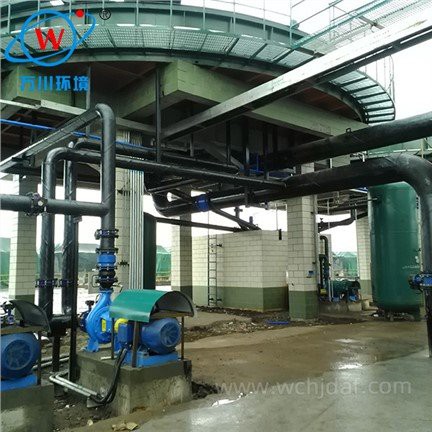 How to Optimize the Performance of a Dissolved Air Flotation Unit
How to Optimize the Performance of a Dissolved Air Flotation Unit -
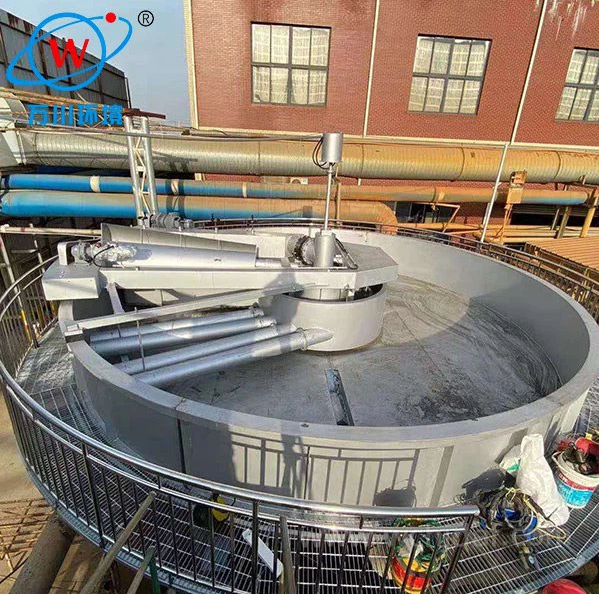 How to Improve Water Treatment Efficiency of DAF System
How to Improve Water Treatment Efficiency of DAF System -
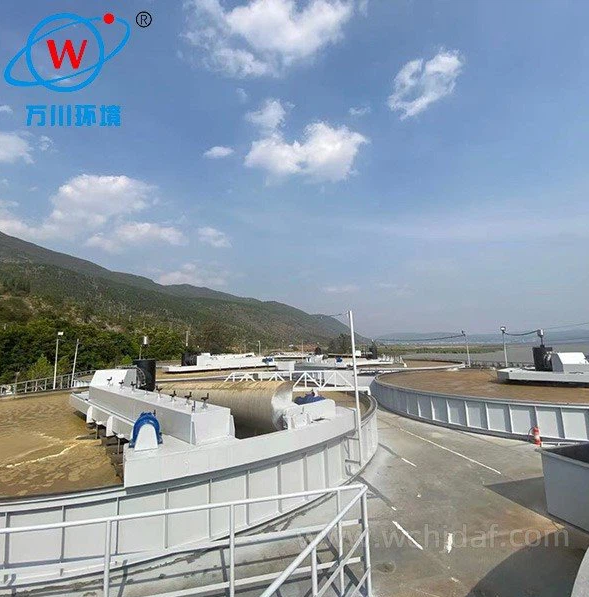 The Importance of Puncture Resistance in Cotton Bale Wrap Film
The Importance of Puncture Resistance in Cotton Bale Wrap Film -
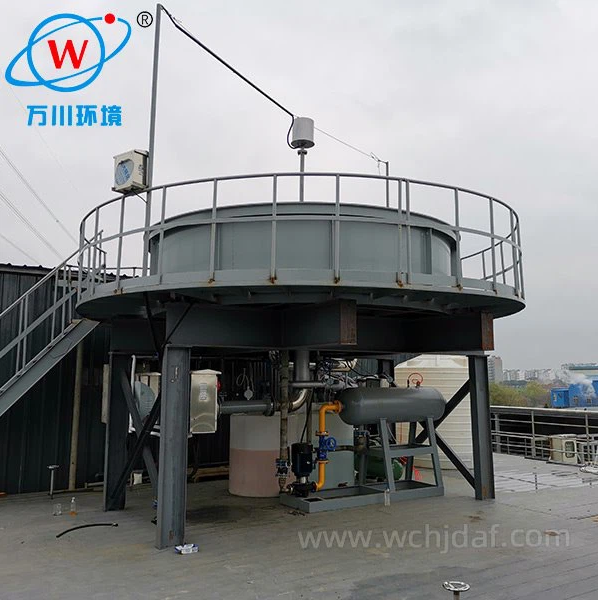 What are the core components of air flotation device
What are the core components of air flotation device -
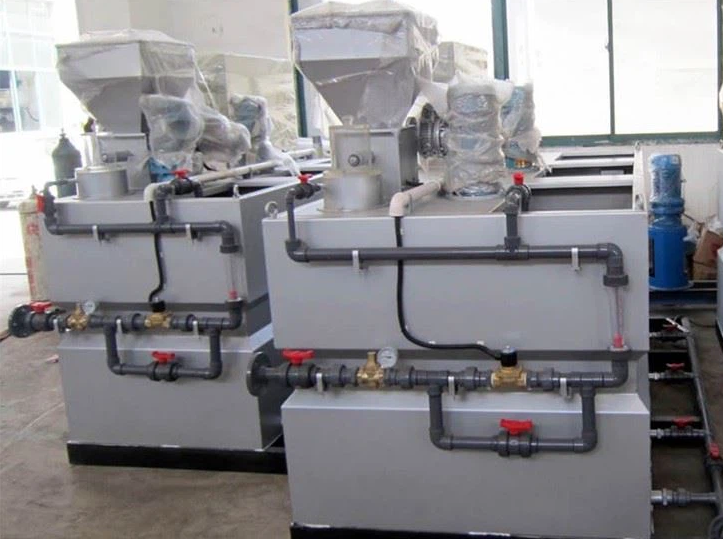 How to improve the quality of bubble generation of Air floatation device
How to improve the quality of bubble generation of Air floatation device -
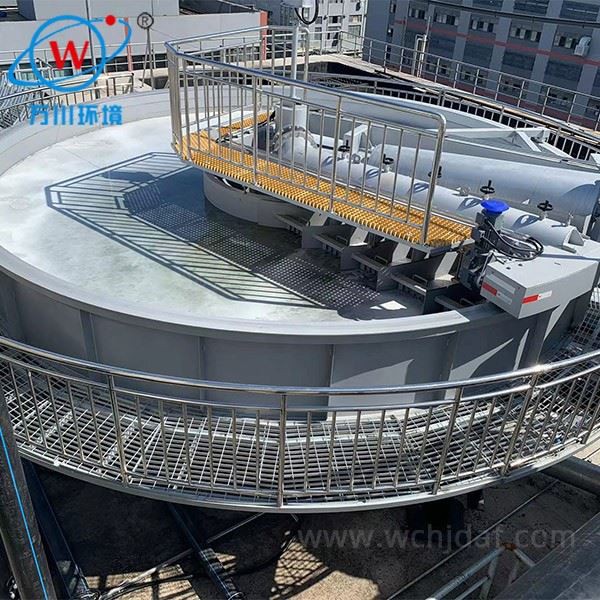 What types of sewage can be treated by Air floatation device
What types of sewage can be treated by Air floatation device
Send Inquiry
Latest News
